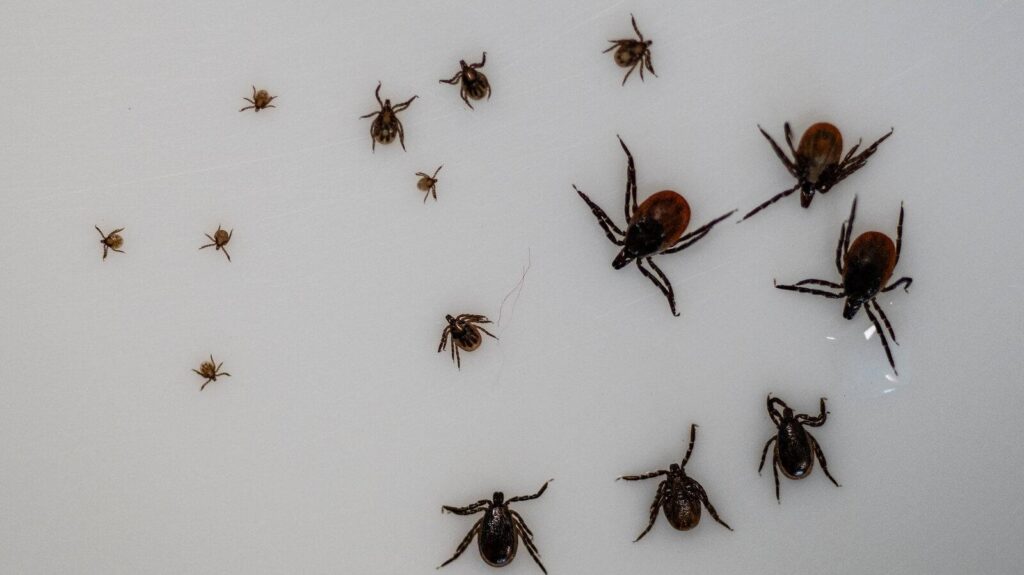Heightened Tick Activity in New York and New Jersey: How to Protect Yourself in 2024
Why Tick Populations Are Surging This Year and What It Means for Your Health
As spring and summer unfold, New York and New Jersey are experiencing an unprecedented increase in tick populations, a trend experts attribute to warmer winters and expanding deer habitats. These environmental shifts have created optimal conditions for ticks to multiply and spread, elevating the risk of contracting tick-borne diseases such as Lyme disease, babesiosis, and anaplasmosis. Areas with dense foliage, tall grasses, and urban green spaces are particularly prone to harboring these parasites.
Health authorities emphasize the importance of adopting preventive habits to minimize tick exposure and reduce infection chances:
- Dress smartly: Opt for long-sleeved shirts and pants in light colors to easily spot ticks.
- Apply effective repellents: Use EPA-approved insect repellents containing DEET, picaridin, or IR3535.
- Perform meticulous tick inspections: Check your body and pets thoroughly after outdoor activities, paying close attention to hidden spots.
- Remove ticks carefully: Use fine-tipped tweezers to grasp ticks near the skin and pull steadily without twisting.
Tick Species and Their Regional Impact in New York and New Jersey
| Tick Type | Primary Locations | Associated Illness |
|---|---|---|
| Blacklegged Tick (Deer Tick) | Hudson Valley, New Jersey | Lyme Disease |
| Lone Star Tick | Southern New Jersey, Outskirts of NYC | Southern Tick-Associated Rash Illness (STARI) |
| American Dog Tick | Upstate New York | Rocky Mountain Spotted Fever |
Hotspots for Tick Activity: Where to Be Extra Cautious
Several regions in New York and New Jersey have reported a marked rise in tick encounters this year. In New York, Suffolk County on Long Island, Westchester County, and the Adirondacks are notable for increased tick presence and related illnesses. Meanwhile, New Jersey’s Bergen County, Morris County, and the Pine Barrens remain high-risk zones due to their dense forests and humid climates, which favor tick survival.
Whether hiking, gardening, or simply enjoying local parks, residents and visitors should take these precautions seriously:
- Wear protective attire: Long sleeves, pants tucked into socks, and light-colored clothing help detect ticks early.
- Use EPA-approved repellents: DEET, picaridin, or permethrin-treated clothing offer effective protection.
- Conduct frequent tick checks: Inspect your skin and clothing thoroughly after outdoor exposure.
- Maintain your yard: Regular lawn mowing and clearing leaf litter reduce tick-friendly habitats.
Practical Tips to Prevent Tick Bites During Outdoor Activities
Combining personal vigilance with smart outdoor practices is key to avoiding tick bites. Wearing long, light-colored clothing and tucking pants into socks can make ticks easier to spot. Applying insect repellents registered by the EPA, especially those containing DEET or permethrin, adds a vital layer of defense, particularly in wooded or grassy areas common in the region.
Additional strategies include:
- Shower promptly after outdoor exposure: This helps wash away unattached ticks.
- Check pets and gear: Ticks can hitch a ride indoors on animals and equipment.
- Consider yard treatments: Use acaricides if tick populations are notably high around your home.
- Keep outdoor spaces tidy: Trim grass regularly and remove leaf debris to limit tick habitats.
Identifying Tick-Borne Illness Symptoms and When to Get Medical Help
Symptoms of tick-borne diseases often mimic common viral infections, making early detection challenging. Initial signs may include fever, chills, headaches, and fatigue. A distinctive expanding red rash, often resembling a bull’s-eye, is a classic indicator of Lyme disease, though its absence does not rule out infection. Muscle pain, swollen lymph nodes, and other flu-like symptoms also warrant attention.
If you experience any of the following, seek medical evaluation promptly to ensure timely treatment and reduce complications:
- Persistent high fever above 103°F (39.4°C) lasting more than 48 hours
- Severe joint swelling or pain
- Neurological symptoms such as facial paralysis, numbness, confusion, or severe headaches
- Difficulty breathing or chest discomfort
| Symptom | What to Look For | Recommended Action |
|---|---|---|
| Rash | Expanding red, bull’s-eye pattern | Consult a healthcare provider immediately |
| Fever & Fatigue | Ongoing high fever, extreme tiredness | Seek medical evaluation |
| Neurological Issues | Facial drooping, confusion, severe headaches | Visit emergency services promptly |
Final Thoughts: Staying Safe During This Peak Tick Season
With tick activity reaching record levels in New York and New Jersey in 2024, awareness and proactive prevention are more important than ever. By adopting protective clothing, using effective repellents, performing regular tick checks, and maintaining outdoor spaces, individuals can significantly lower their risk of tick-borne diseases. Health officials urge everyone to remain alert throughout the tick season and to seek immediate medical care if symptoms arise. Vigilance, preparedness, and prompt action are the best defenses against the growing tick threat this year.













